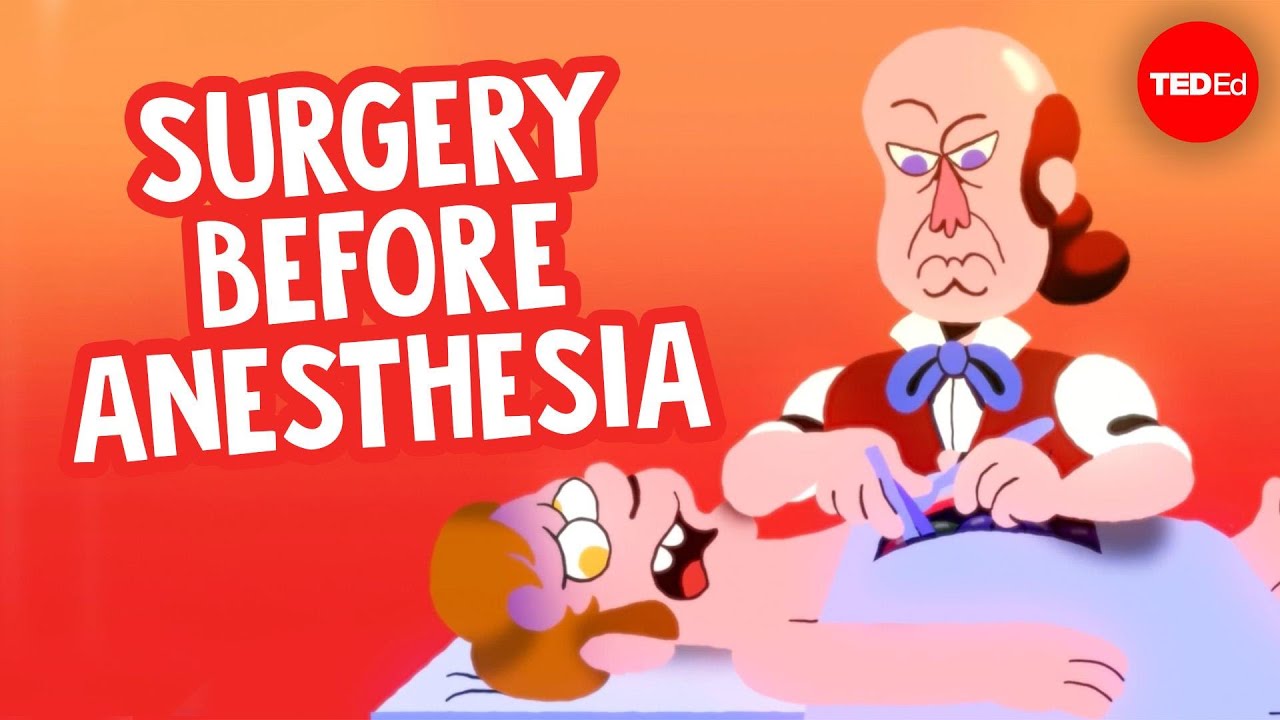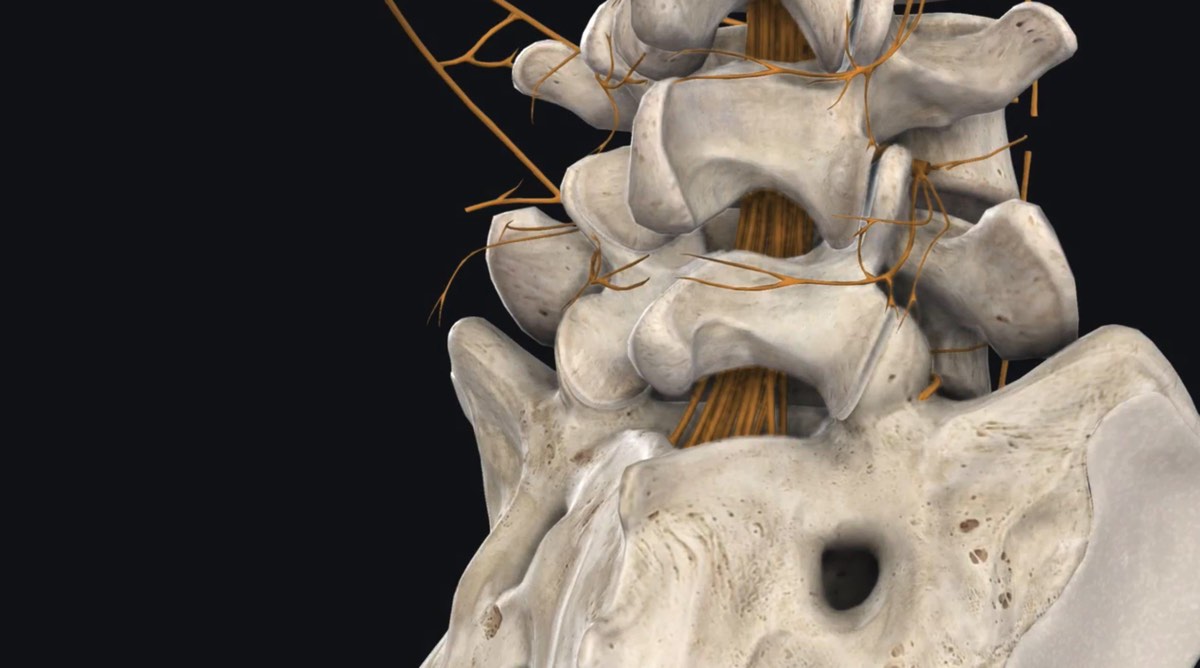The Anesthesiology Channel
NEW YORK (Reuters Health) – Older patients with advanced hematologic malignancies and comorbid conditions can successfully undergo nonmyeloablative allogeneic hematopoietic cell transplantation (HCT), results of a new study show.
With the advent of non-myeloablative conditioning regimens, “the notion that hematopoietic cell transplantation is too toxic for the older population with advanced hematologic malignancies is no longer valid,” Dr. Mohamed L. Sorror, of the Fred Hutchinson Cancer Research Center, Seattle, Washington, told Reuters Health.
“More older patients should be considered for this potentially curative therapy,” he said.
Dr. Sorror and colleagues analyzed the outcomes of 372 patients between 60 and 75 years old with advanced hematologic malignancies who underwent minimally toxic nonmyeloablative allogeneic HCT from 1998 to 2008 at 18 centers.
The conditioning regimen was the same whether donors were related or not: low-dose total body irradiation alone or combined with fludarabine (90 mg/m2). Postgrafting immunosuppression included mycophenolate mofetil and a calcineurin inhibitor.
In the November 2 Journal of the American Medical Association, the researchers report that 133 of the 372 patients were alive as of June 23, 2010, with a median follow-up of 55 months.
Overall, the most common cause of death has been disease progression or relapse, occurring in 135 patients. The 104 non-relapse deaths were mainly due to infections, graft-versus-host disease and multiorgan failure.
At five years, the overall survival rate was 35% and the progression-free survival rate was 32%. The overall cumulative incidence of relapse at five years was 41%.
These outcomes were not markedly different when stratified by age groups, the study team notes. Death rates without relapse at five years were 27% for patients 60 to 64 years old; 26% for those 65 to 69 years old; and 31% for those aged 70 and older. Five-year rates of overall survival for these three age groups were 38%, 33%, and 25%, respectively.
Regardless of age, the five-year survival rate ranged from 23% in patients with high comorbidity scores and high disease risk to 69% in patients with low comorbidity scores and low disease risk, the investigators report.
In a linked commentary, Dr. Shin Mineishi, of the University of Michigan in Ann Arbor, says these outcomes in a group of patients 60 to 75 years old are “almost comparable to those in younger patients.”
Dr. Sorror and colleagues also note that more than half of the older patients were never hospitalized, and two-thirds of survivors experienced eventual resolution of their chronic graft-versus-host disease with return to normal or near-normal physical function.
These findings, Dr. Sorror told Reuters Health, show that “older patients with lymphoma, leukemia, or myeloma could be cured from their malignancies,” with nonmyeloablative allogeneic HCT.
“While there is much room for improvement, particularly with regard to relapse, these results are encouraging given the poor outcomes with nontransplantation treatments, especially for patients with high-risk AML (acute myeloid leukemia), fludarabine-refractory chronic lymphocytic leukemia, or progressive lymphoma,” the study team notes.
Dr. Sorror suggested that that doctors taking care of older patients with hematological malignancies “consider discussing these results with their patients early in the course of their disease. It would be of value to incorporate into the treatment plan a consult for the possibility of hematopoietic cell transplantation,” he added.
Dr. Sorror also made the point that healthcare reform requires demonstrating treatment value as defined by health outcomes achieved relative to costs.
“Our current findings of long-term cure of patients with hematologic cancers, of eventual resolution of chronic graft-versus-host disease, and of return to normal or near-normal physical function among older patients, half of whom were never hospitalized, demonstrate the ‘value’ of nonmyeloablative conditioning and allogeneic hematopoietic cell transplantation for such patients,” he said.
Dr. Mineishi agrees that age alone “should no longer be considered a limiting factor” for allogeneic HCT but warns in the commentary that “when more allogeneic HSCTs are performed for older patients, more resources will need to be directed to meet their health care and personal needs.”
For example, Dr. Mineishi says, “Elderly patients often have elderly caregivers with their own set of illnesses, and in some cases the spouse may have already died.”
In addition, the elderly tend to have more trouble from graft-vs-host disease (GVHD). When it occurs, “it may be as severe or worse than that in younger patients,” Dr. Mineishi writes. “Older patients have lower tolerance to steroid therapy for GVHD and tend to develop steroid myopathy more often.”
Dr. Mineishi also warns, “Once they become bedridden, it is much more difficult for them to recover. Older patients tend to develop confusion more easily with calcineurin inhibitors, narcotics, and benzodiazepines.”









